“My art is everywhere, in many museums” Wolfgang Beltracchi laughs in his interview video with CBS last February. “And private collections”, he adds with a slight touch of sarcasm.
This man caused the global art market to tremble and leading art experts question their competence. The most prolific art forger of the twentieth century, Beltracchi made more money than any before him and got away with it for forty years.
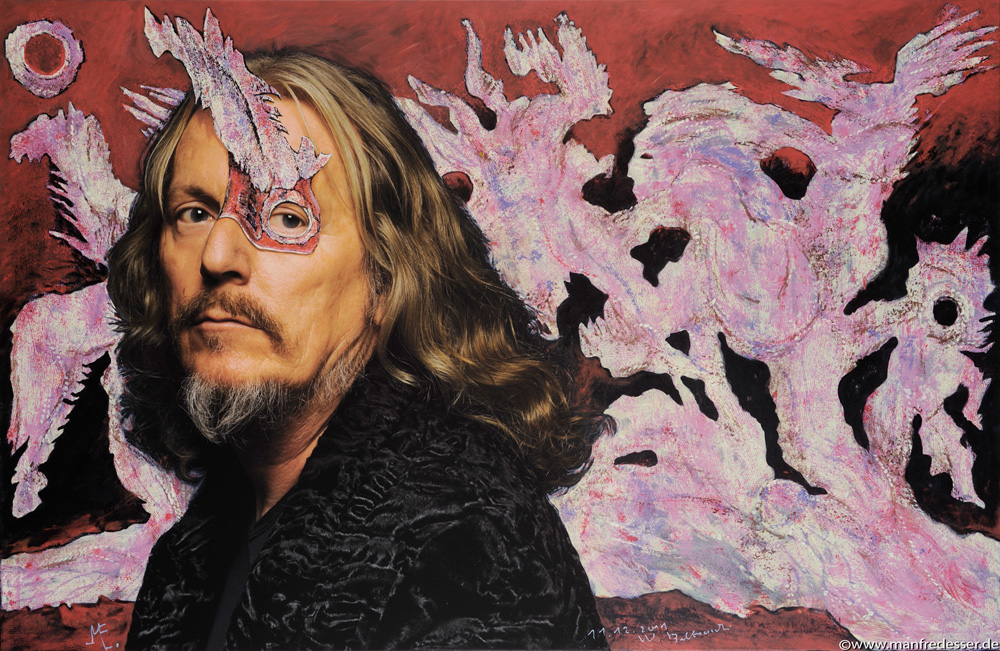 For decades, the handsome painter – who had once scratched out a living as a hippie – passed off his own paintings as newly discovered masterpieces by Max Ernst, Raoul Dufy, André Derain, Max Pechstein, Georges Braque, Heinrich Campendonk, and other Expressionists and Surrealists from the early twentieth century. He took his wife’s surname and the couple, alongside two accomplices including his sister-in-law, sold the paintings for six and seven figures through auction houses in both Germany and France. One fake Max Ernst went on display for months in a retrospective at the Metropolitan Museum of Art.
For decades, the handsome painter – who had once scratched out a living as a hippie – passed off his own paintings as newly discovered masterpieces by Max Ernst, Raoul Dufy, André Derain, Max Pechstein, Georges Braque, Heinrich Campendonk, and other Expressionists and Surrealists from the early twentieth century. He took his wife’s surname and the couple, alongside two accomplices including his sister-in-law, sold the paintings for six and seven figures through auction houses in both Germany and France. One fake Max Ernst went on display for months in a retrospective at the Metropolitan Museum of Art.
Wolfgang and Helene Beltracchi invented a story that fooled everyone.Helene claimed that her grandfather had hidden his art collection at his country estate in Germany, before the war, to protect it from the Nazis. On his death, she was the sole inheritor. It was pure fiction; there were no paintings to inherit. Nevertheless, major art institutions readily believed her story and frenziedly sought pieces from the collection.
Wolfgang proudly describes himself and his wife as a “Bonnie and Clyde without weapons.Only with pencils.” As to his personal skill, he is no more humble: “I was too good for the experts.” Indeed, it seems that he was too good for all – save for one Swiss gallery hidden among the historic districts of Geneva: Artvera’s.
The Old Town, or the Vieille Ville, is an ancient maze of narrow streets and sparse squares that is full of galleries and museums with beautiful architecture that whisk you 500 years back to the Renaissance. Here, in the heart of the city, you can find Artvera’s Gallery. It occupies a restored medieval building, looking like something out of a fairytale.Entering inside,its darkened rooms furnished with long, chalk-black velvet benches,there is an aesthetic synthesis of both the rustic and the ultra modern. Yet no-one ever quite anticipates the 5,400 square foot gallery, spread over two floors and divided into six exhibition rooms.
Artvera’s specialises in the European masters of modern art. With a team of professionals and experts, it resembles both a museum and a private members’ club. Yet the gallery consciously avoids public attention,content to busy itself with meticulous research on each and every piece that their clients have entrusted to them.
The Beltracchi scandal began in the spring o f2008, when a phone rang at the gallery. On the line was a client,who has preferred to remain anonymous and goes only by their company name, Trasteco Ltd. The client wanted to schedule a consultation on a Heinrich Campendonk piece they had purchased in2006. Titled Rotes Bild mit Pferden, this painting had fetched a record price of EUR2.88million. Trasteco acquired it from the Lempertz auction house in Cologne, acting on behalf of their client: the Beltracchis.
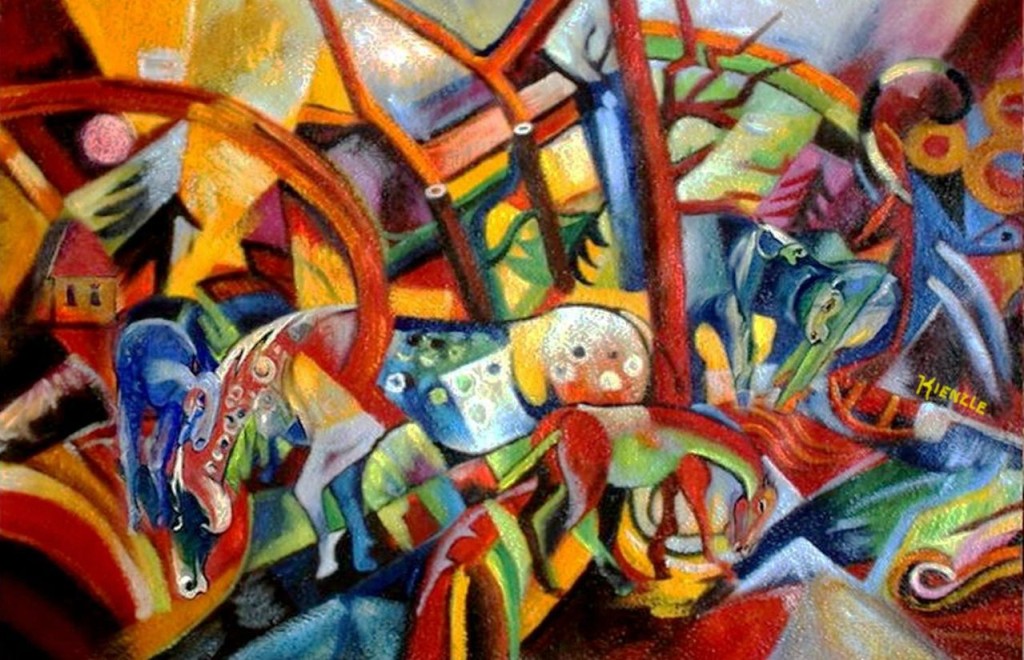
“We all remembered that sale; it was big news in the art world and the highest price ever paid for a work by this particular German Expressionist. It was only in2008 that our client informed us that they had independently purchased the very same painting,” says Sofia Komarova, Artvera’s director.“After thorough research we realised that certain points were either unclear or verifiable, and we insisted on provenance documents.”The Artvera’s team advised their client to conduct further research on the basis of substantial doubts about the painting’s authenticity.
Following this consultation,Trasteco demanded that Lempertz provide a certificate of authenticity. None existed, but the auction house insisted that it had done its due diligence before the auction. Unsatisfied with this response Trasteco requested Dr Andrea Firmenich, author of the catalogue raisonné for Heinrich Campendonk, to examine the painting herself. A subsequent chemical analysis, conducted by Dr.Nicholas Eastaugh in London,determined that the work contained the pigment Titanium White: unavailable in 1914, the purported date for Rotes Bild mit Pferden.
Trasteco immediately launched a civil suit against Lempertz demanding their money back. “For the longest time Lempertz was refusing to admit any culpability, nor would it reimburse our client”, the Artvera’s team recall. (A Cologne court ruled in late September that Lempertz, which had already returned EUR800,000,had judged the painting to be a Campendonk “without sufficient basis” and must repay the remainder).
This discovery marked the beginning of an investigation that would reveal one of the biggest cases of art forgery in Germany since1945, and worldwide one of the most infamous of the century. A collaboration between numerous experts and galleries, including Artvera’s, was formed in Cologne; and a criminal network which had managed to sell more than fifty forgeries attributed to masters such as Pechstein, Léger and Ernst was their eventual prize.The Beltracchis’ scam,having hoodwinked the art world for so long and generated tens of millions of Euros in earnings, was soon to be unraveled. “At the beginning of my implication in this case,I could not have imagined that it would lead to more discoveries. I was shocked”, Komarova admits.
A growing number of suspect paintings referred in their provenance to an alleged former Jägers collection – the centre piece of the deception. Helene claimed to have inherited her collection from a grandfather, WernerJägers, who was born in Belgium but made his fortune in Cologne.Jägers was indeed Helene’s maternal grandfather; he had abandoned her grandmother after World War II.
The story she told gallery owners and collectors was that one of Jägers’s friends in the 1920s and 30s was the renowned art dealer and collector Alfred Flechtheim. In1933, months after Adolf Hitler came to power, Flechtheim fled in exile to Paris, and the Nazis seized his galleries in Düsseldorf and Berlin. However, just before this, according to Helene,Flechtheim had sold many works at bargain-basement prices to Jägers, who hid them at his country home in the Eifel mountains.
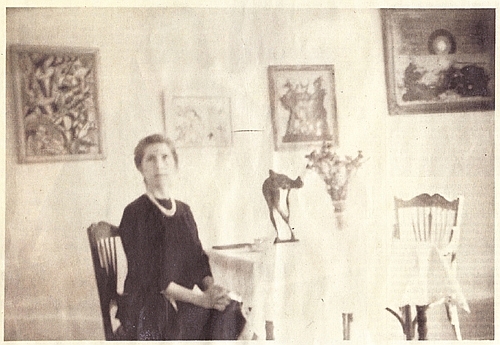
To lend her account credibility, Wolfgang staged a black-and-white photograph -slightly out of focus,and printed on pre war developing paper – of Helene impersonating her grandmother, Josefine Jägers. Helene wore a black dress and a strand of pearls; and ‘Josefine’ posed in front of several paintings from the ‘Jägers collection’. Helene Beltracchi had only this to say about the lie in her CBS video interview: “When I said ‘it’s a collection of my grandfather’s’, it was OK.”
“We were Bonnie and Clyde without weapons. Only with pencils.”
Despite the evidence put forward by the Beltracchis to prevent any scepticism, many gray areas surrounded the collection that failed to be questioned by the experts and specialists who participated in the sale of those paintings.“ Surprisingly, no-one doubted that Werner Jägers, founder of the collection, had somehow acquired these important expressionist paintings from Flechtheim at the age of sixteen!” says Komarova in disbelief.
While Trasteco’s suit was successful, Komarova remembers it as an uphill battle against both greed and denial: “It wasn’t an easy trial. Lempertz denied any fault, and the process was long and tiring; it almost felt like it was a conspiracy to subdue our client and the gallery.” Lempertz tried to give the impression that the paintings could only be considered authentic, through the citations of recognized experts who had been consulted for the auction; through the invocation of a so-called registration in catalogues exposure;and by presenting the so-called registration tables from famous exhibitions. It now seems that its claims were entirely false,a desperate attempt to avoid being charged with breaches of duty and care.
It is important to note that Beltracchi did not simply copy existing works, but would use a given artist’s body of work as a means to paint new subjects in their name. Alternatively, he would recreate artworks that once existed but had been missing for years. No-one suspected his pieces, so expert was his imitative and interpretative technique. When working with paint and canvases from the appropriate period,he could con even the most discerning connoisseur.
Finally, and perhaps crucially, Beltracchi made sure that his paintings were authenticated by professional art experts worldwide.
 One such forgery, a Max Ernst painting titled TheForest, was sold to a company called Salomon Trading for approximately EUR 1.8million. The painting then passed to a Paris gallery, Cazeau-Béraudière, which sold it in 2006 to Daniel Filipacchi for USD7 million. It is said that Ernst’s widow, Dorothea Tanning, saw the painting and pronounced it the most beautiful picture that he had ever painted.
One such forgery, a Max Ernst painting titled TheForest, was sold to a company called Salomon Trading for approximately EUR 1.8million. The painting then passed to a Paris gallery, Cazeau-Béraudière, which sold it in 2006 to Daniel Filipacchi for USD7 million. It is said that Ernst’s widow, Dorothea Tanning, saw the painting and pronounced it the most beautiful picture that he had ever painted.
In August 2010, the art fraud division of the Landeskriminalamt Berlin conducted a single, large-scale operation and seized both paintings and the four people behind them all. Despite the apparently clear case against the gang, the trial judge terminated the proceedings due to a lack of evidence. In October 2011, Helene and Wolfgang were given reduced sentences of four and six years respectively. Jeanette Spurzem, Helene’s sister, recieved a sentence of one year imprisonment with nine months’ probation. The final member, Otto Schulte-Kellinghaus, recieved a five year sentence.
The police seized over USD 1 million from a Swiss bank account, and the Beltracchis declared bankruptcy. A court-appointed administrator seized their remaining assets. Both the money and their assets are being used to settle numerous civil suits against them, including one filed by Lempertz in connection with the Campendonk forgery. Reports in Der Spiegel and other German media outlets suggested that the pair have millions in offshore accounts, which the Beltracchis have denied.
One published account, L’Affaire Beltracchi, remarks that just five weeks after the arrest of the Beltracchis another scandal errupted on the other side of the world. In the UnitedStates, suspicions were raised about works attributed to many of the famed modern masters: Jackson Pollock,Mark Rothko, Richard Diebenkorn,Robert Motherwell, Franz Kline, Clyfford Still and Willem de Kooning.
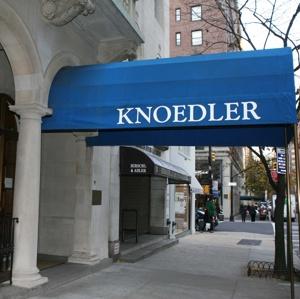
They had all been sold by Knoedler, the New York pioneer of the milieu galleries. Knoedler announced its closure in 2011. Its director, Ann Freedman, was herself embroiled in a controversy over a suspected Robert Motherwell forgery. The Dedalus Foundation, founded by Motherwell, eventually confirmed that Spanish Elegy and six other paintings were fakes.
As yet there is no provable link between Wolfgang Beltracchi and the American forgeries. When Der Spiegel accused him specifically of forging Jackson Pollock, Beltracchi replied:“That was definitely not me.But I could have done them. There is nothing easier than painting a Pollock.”
When asked if he had done anything wrong, the answer was honest and succinct: “Yes: I used the wrong tube of white paint.”
One element lacking in the American forgeries is a careful attention to details that, in their summation, may realize a superficially plausible biography. The Beltracchis toured flea markets to find canvases from the right periods, which they would carefully wash before Wolfgang began his work. They sent paint pigments to labs to ensure they had been available at the time the artist was working. They even made fake labels from a real German dealer to put on the backs of their paintings, staining them with coffee and tea to give an aged appearance.
As for Artvera’s, Komarova is content with the gallery’s conduct. “Looking back, we can proudly say that Artvera’s maintains the highest of professional standards and has earned a good reputation for its commitment to ensuring the authenticity of the art works through meticulous research and documentation.”
“Artvera’s principle of discretion has been and will always be its primary focus. As a gallery working with very important and prestigious collections, it is our duty to keep forgeries out of the collections while protecting their owners. Artvera’s is very pleased to have prevented a fake from entering a client’s collection – this is how any professional gallery should act.”
At least one collector agrees with that assessment. “We can only guess how many successful forgeries are still hanging in museums and private collections.This is exactly why I chose to buy from the lesser known, but ultra professional Swiss gallery Artvera’s”, says a long-standing client.
We asked Artvera’s director to elaborate on the difficulties for today’s art collectors or gallery.“ How does fake art enter auction houses, museums or private collections? It is, sadly, rather simple. A dealer such as Helene Beltracchi presents the art to an auction house or a gallery who either accepts or refuses because they feel it is not authentic. Instead of making the decision public, and risk going to court for many years, most parties prefer to simply close their eyes and keep quiet. While one may refuse the art, the dealer can go to other galleries and auction houses. Chances are that many will accept the forgery, believing or wanting to believe that it is authentic.”
“Artvera’s has a different approach; we understand that our clients and collectors choose to trust us because of our expertise, knowledge and high professionalism. When we suspected the Campendonk painting to be a forgery, we encouraged our client to dig deeper, and later we agreed to participate in the criminal investigation. Providing authenticity is the most vital objective of any gallery and auction house.”
“We have highly educated art experts who work daily with libraries and primary sources, researching the provenance of each piece that is entrusted to us by our collector clients. Our team welcomed the results of the entire operation because they consider professional transparency to be essential. We cooperate in the elimination of counterfeiters that resort to criminal activity not only to see them punished, but also because they seriously undermine the health of the art market.”
“Switzerland has a great reputation when it comes to security; it is only natural that our priority has always been to ensure that the art we consult and work with is of legitimate provenance. It is our job to give this security to the client collectors who trust us with their unique artworks.”
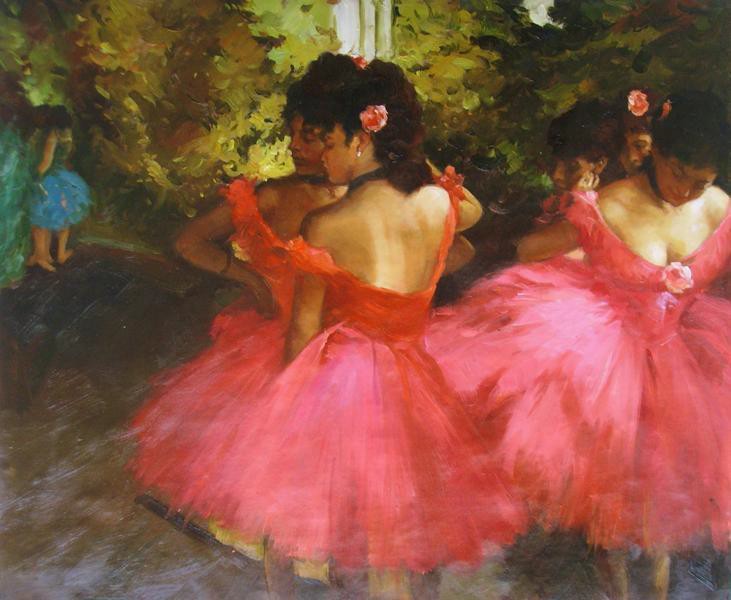
How, then,can an art collector be sure of their purchases? “My main advice would be to work with and be counselled by professionals,and to obtain advice from the very best in the field before making a purchase. There are so many little details of great importance to be aware of, it is a professional’s practice. If one wishes to buy independently, check for solid provenance. Each and every exhibition catalogue containing an indication of the artwork should be checked and verified. Making sure the work is mentioned in the catalogue raisonné of the artist is of crucial importance. Assertaining the condition of the work and asking for a scientific analysis can be an asset. Any authentication provided should be from the official expert of the artist or author of thecatalogue raisonné.”
While there are numerous galleries and exhibition centres, Artvera’s program is distinguished by its heritage-led approach, which aims to enrich its visitors through visual culture. With access to significant art collections, the gallery exhibits exceptional works by celebrated artists, including Monet,Picasso, Degas, Bonnard, Derain, Dufy, Gontcharova, Jawlensky, Pechstein, Schmidt-Rottluff, Signac, Sisley, Vlaminck, Lichtenstein, Chamberlain, Gursky ,and Barceló amongst many others.
Artvera’s continues to present museum-quality exhibitions and offers artworks that can both educate and build collections.The gallery also promotes the discovery and rediscovery of artists otherwise overlooked by historians and scholars. To complement its selections from the twentieth century masters, Artvera’s showcases nationally and internationally emerging contemporary artists.
The Beltracchis have publicly promised that their life of crime is behind them,and that Wolfgang will only paint under his own name from now on. Given his proficiency, one might even see an authentic Wolfgang Beltracchi painting in one of our art auctions some day, vying for the attention of collectors alongside his lesser known,but nonetheless highly prized early efforts.
In a 2012 interview with Der Spiegel, Wolfgang claimed to have copied more than fifty different artists – but has refused to name any of them. When asked if he had done anything wrong, the answer was honest and succinct: “Yes: I used the wrong tube of white paint.”
The Beltracchi case, while infamous, is just one amongst many; a growing problem that illustrates how Art has become a kind of stock exchange, an industry for money-making. Art forgers, and those who are too easily seduced by them, fail to recognise that art is fundamentally about celebrating these works from a person’s beautiful – perhaps even, according to the philosophies of old, divine-creativity. Forgery not only makes fools of the art world,but also besmirches the legacy of the artist; a life that remains only in their chefs- d’oeuvres, and whose rights it falls to us to protect.
By CHARLES JOULEBINE-CONWAY and FIDAN BAGUIROVA, Director of PR, ArtVera’s Gallery

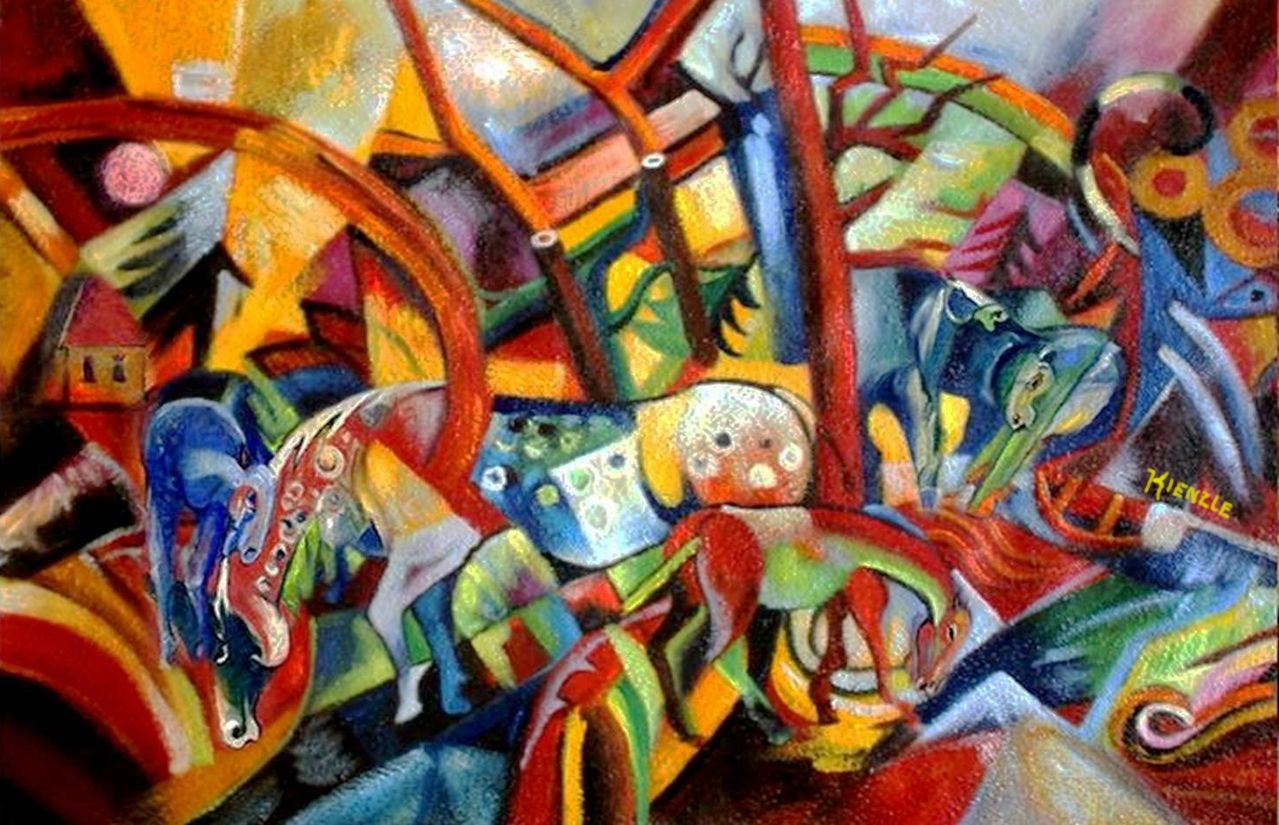
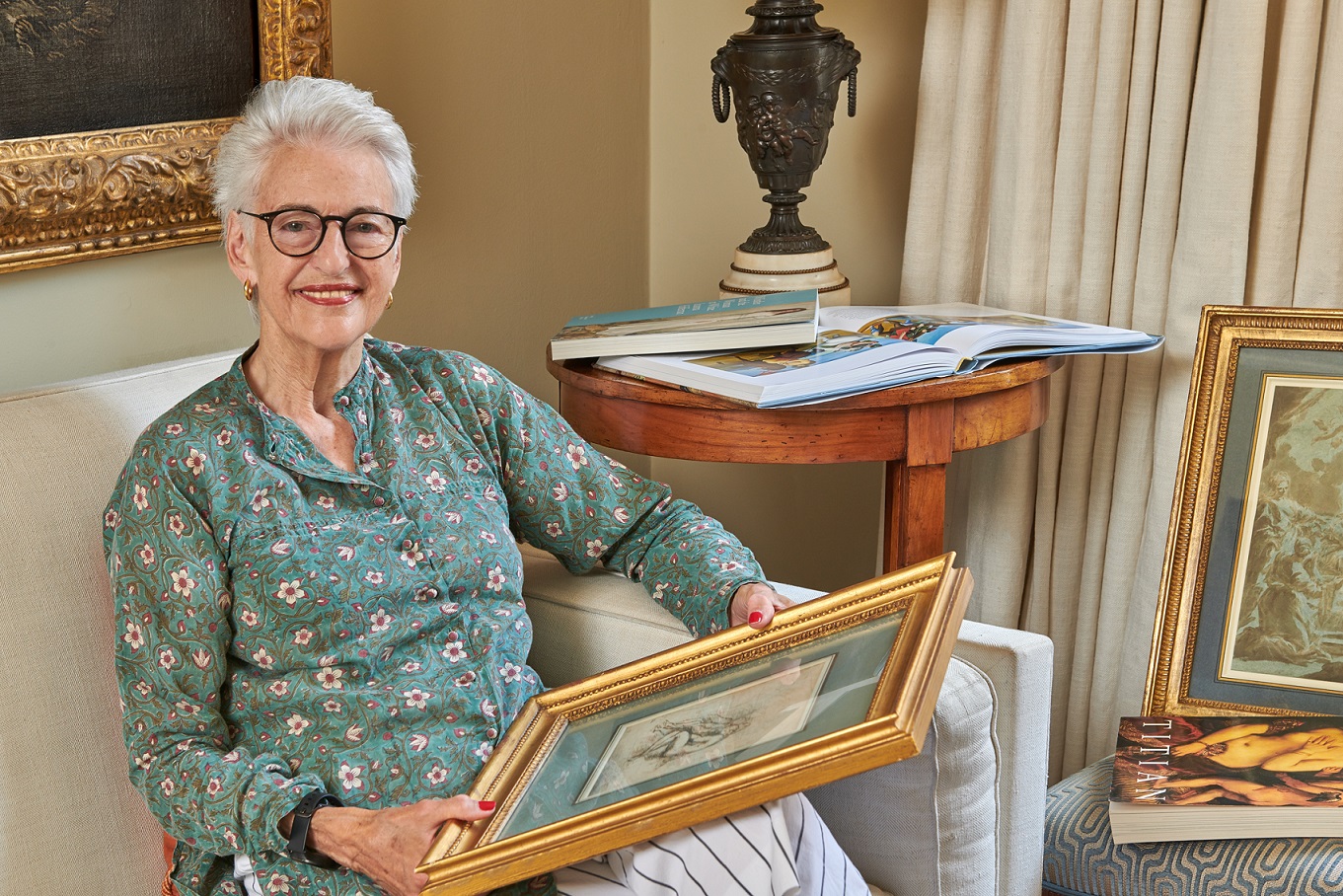
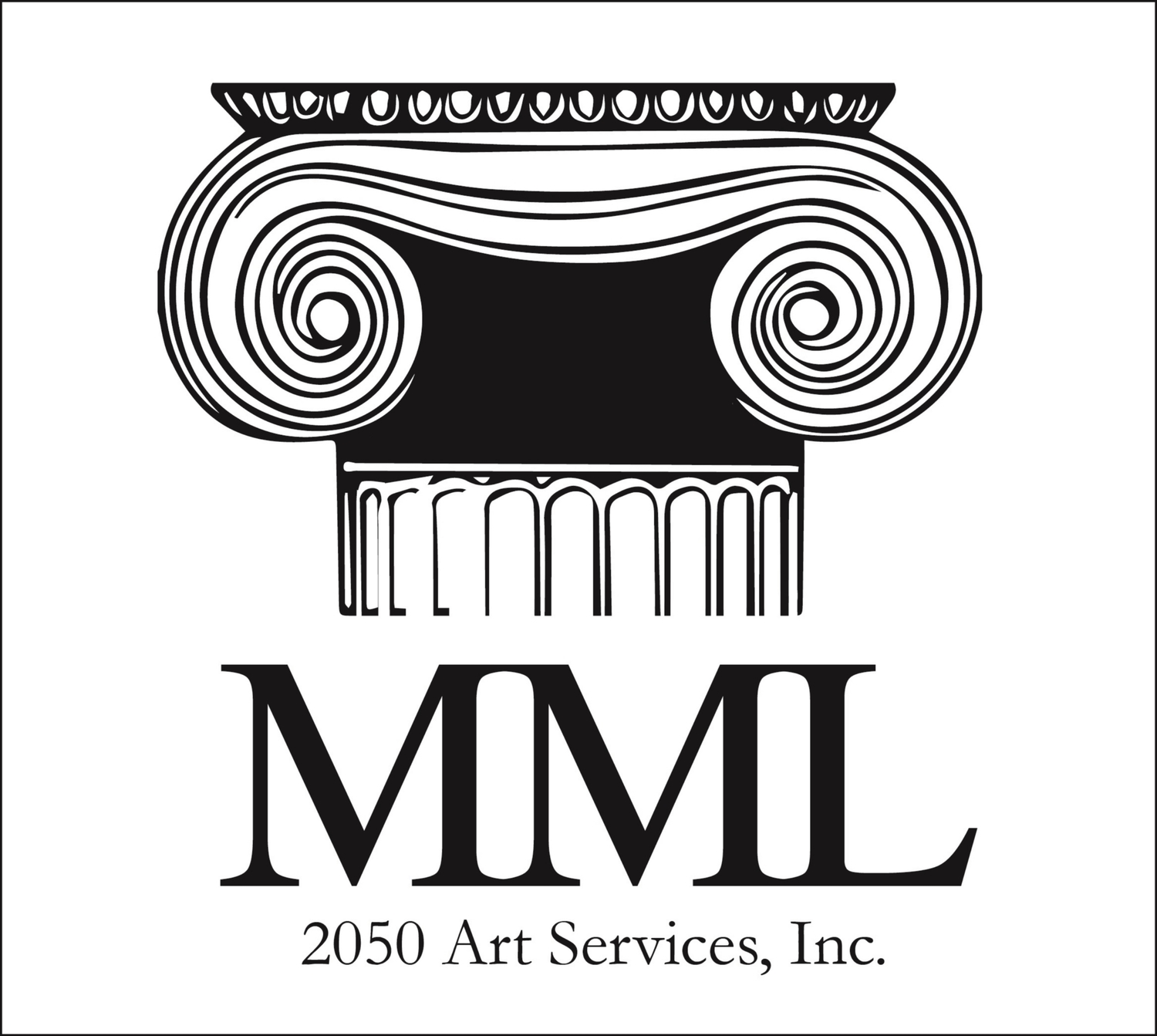


 Saving...
Saving...
1 Comment
Add Yours[…] part of The Art Collector‘s article about The Beltracchi Affair. […]